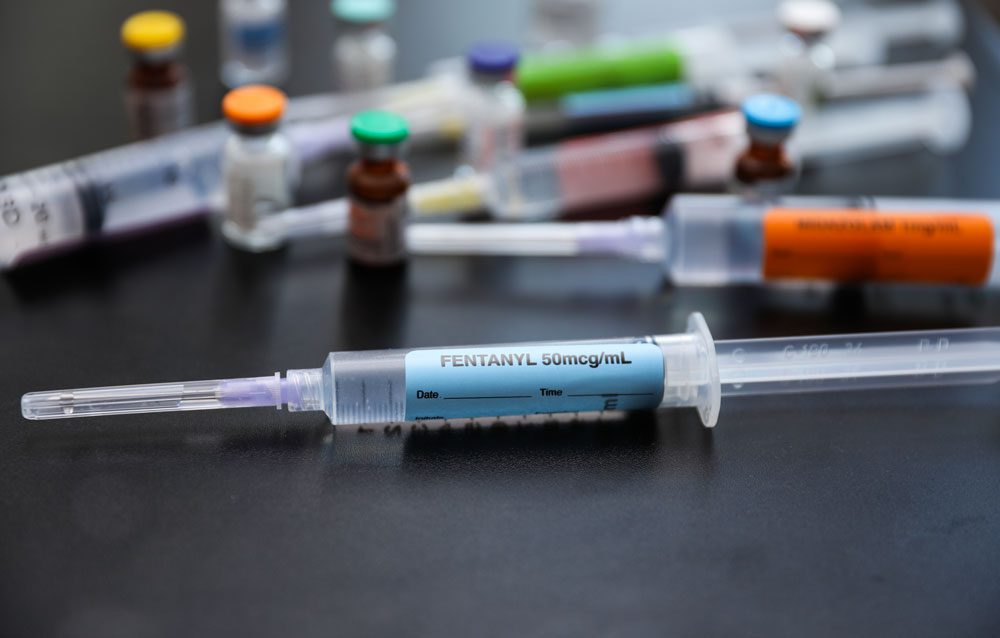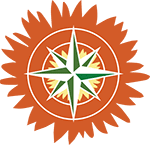You may be hearing about fentanyl all the time now—in the news, on social media, and in heartbreaking stories of loss. What you might not realize is that fentanyl has been around since the late 1950s. Before it was a national threat, it helped people manage severe pain after surgery or during cancer treatment.
Today, fentanyl is both a powerful medical tool and a dangerous street drug. Understanding where fentanyl comes from, how it gets here, and how it’s being used now can help us stay informed—and maybe even save lives.
If you or someone you know is in danger due to fentanyl use, inpatient treatment is available in North Charleston, South Carolina. Waypoint Recovery Center has the resources, staff, and facilities to bring you or your loved one to a better mental and physical state.
How Fentanyl Got Its Start
Here’s a quick look at how fentanyl made its way into the medical world:
- Developed in the late 1950s by researchers and first used during surgeries because of its fast action and short duration.
- Gained popularity across Europe, then slowly introduced into U.S. hospitals under strict medical guidance.
- Eventually approved for managing severe pain in cancer and surgery patients.
- New delivery methods like patches helped it spread in clinical settings.
Unfortunately, fentanyl’s legitimate rise in the medical world may have also laid the groundwork for its misuse. Today, it’s used in hospital settings, but its illegal version has taken on a life of its own.
Fentanyl Production and Consumption: The Basics
The U.S. Drug Enforcement Administration (DEA) categorizes fentanyl as a synthetic opioid like morphine, but it’s about 100 times stronger. Here are some key DEA facts:
- Illegal manufacturers mix fentanyl with other substances like heroin, methamphetamine, or cocaine to increase potency and cut costs.
- Fentanyl can come in powder, nasal spray, and pill form.
- Making illegal fentanyl isn’t an exact or consistent science.
- Two milligrams—roughly the size of two grains of salt—can be deadly, depending on the person.
- 1 kilogram of fentanyl could potentially kill 500,000 people.
- People have died both from unknowingly taking fentanyl-laced drugs and from taking fentanyl on purpose without realizing the dose was deadly.
Where Illegal Fentanyl Comes From
The fentanyl found on American streets often starts its journey overseas. While legitimate medical fentanyl can only be made under tight regulations here, secret labs elsewhere produce illicit fentanyl with little safety concern. According to the DEA, three countries play major roles in this global supply chain: China, Mexico, and India.
China: Former Fentanyl Production Leader
For years, China was the primary source of pure fentanyl, often shipping small amounts through the mail. In 2019, the Chinese government took steps to regulate all forms of fentanyl and clamped down on online sales, shipping routes, and known production zones. Chinese efforts reduced the volume coming directly from China, but they didn’t solve the problem completely. Instead, they forced traffickers to look for new sources and partners.
Mexico: The Heart of Large-Scale Fentanyl Production
As restrictions increased in China, Mexican drug cartels stepped up to fill the gap. Using necessary chemicals imported from China and India, these organizations began making fentanyl in hidden labs. They also created counterfeit pills that looked like real medications that were later smuggled into the U.S., mainly across the southern border. The DEA reports that most of these operations have connections to powerful cartels such as the Sinaloa and Jalisco New Generation Cartels, both of which have a presence in California and Arizona.
India: Rising Source of Fentanyl Chemicals and Production
India has recently emerged as another part of the fentanyl puzzle. In 2018, authorities shut down a lab after finding out it was producing fentanyl for the Sinaloa Cartel. The operation involved both Indian and Chinese nationals and relied on chemicals known as precursors—key ingredients in the production of fentanyl. These shifts likely happened in response to China’s crackdowns. India has since placed restrictions on some of these chemicals, but experts believe it could still become a bigger supplier if other routes become too difficult.
What This Means For People in Recovery in South Carolina
The way fentanyl gets into the United States is always changing. As soon as one supply route is blocked, another one can open. Because fentanyl is synthetic and doesn’t rely on growing plants like heroin or cocaine, it can be made just about anywhere with the right equipment and chemicals. This can make it extremely hard to stop, but there’s hope.
To help fight the fentanyl crisis, Waypoint Recovery provides care in North Charleston and an intensive outpatient program (IOP) in Cameron. We know that the southern hospitality that informs our recovery experience can help you or a loved one get back to leading happy lives.





